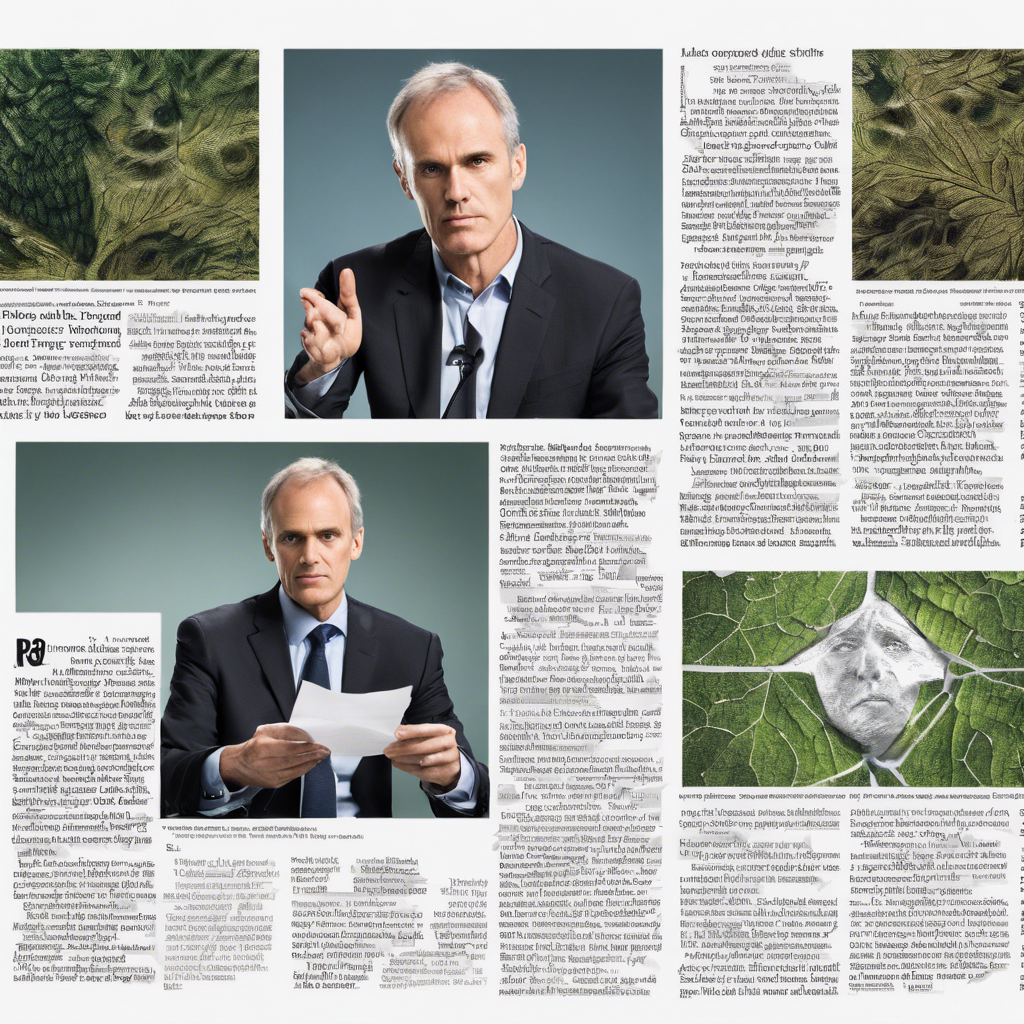New research from North Carolina State University shows that spending time in nature has a profound impact on cellular aging, offering further evidence of the mental and physical health benefits of being surrounded by greenery.
In a world where stress and anxiety are all too common, finding solace in nature has long been touted as a remedy. The therapeutic effects of spending time outdoors have been well-documented, but a recent study from North Carolina State University has shed light on a new aspect of nature’s healing power. By examining the relationship between exposure to nature and cellular aging, the study reveals that being surrounded by greenery can actually slow down the aging process at a cellular level.
The Link between Nature and Cellular Aging
The research team at North Carolina State University analyzed health data from nearly 8,000 individuals, drawing on the CDC’s National Health and Nutrition Examination Survey from 1999 to 2000. By combining this data with information on participants’ residential locations, the researchers were able to assess the level of exposure to nature for each individual.
Telomeres: A Window into Cellular Aging
Telomeres, the protective caps on the ends of chromosomes, serve as a marker for cellular aging. As individuals age, telomeres naturally shorten due to the wear and tear of everyday life. However, the rate at which telomeres shorten can be influenced by various factors, including stress and environmental conditions.
The Impact of Greenspace on Telomere Length
The study found a clear correlation between the amount of greenspace in an individual’s neighborhood and the length of their telomeres. Participants who lived in areas with more greenery had longer telomeres, indicating slower cellular aging. This relationship held true regardless of factors such as race, economic status, or lifestyle choices like smoking or drinking.
The Role of Environmental Factors
While the study highlighted the positive effects of nature on cellular aging, it also revealed the importance of considering environmental factors. In areas with high levels of pollution or deprivation, the benefits of greenspace were diminished by the negative impacts of the environment. This underscores the need for urban planners to prioritize the creation of green spaces and the planting of trees in urban areas.
Implications for Mental Health and Well-being
The findings of this study add to the growing body of evidence supporting the mental health benefits of spending time in nature. Previous research has shown that exposure to nature can reduce stress, improve mood, and enhance cognitive function. The link between nature and cellular aging provides further validation for the therapeutic effects of green spaces on overall well-being.
A Call to Action
The implications of this research extend beyond individual well-being. Urban planners and policymakers have a responsibility to prioritize the creation and preservation of green spaces. Accessible parks and natural areas can improve the overall health of communities, offering a sanctuary for individuals to escape the stresses of daily life and reap the benefits of nature.
Conclusion: The healing power of nature continues to astound researchers, with the latest study from North Carolina State University revealing that being surrounded by greenery can slow down the aging process at a cellular level. The correlation between greenspace and telomere length provides valuable insights into the potential for nature to improve both mental and physical health. As we navigate the challenges of modern life, it is essential that we prioritize the preservation and accessibility of green spaces, ensuring that everyone has the opportunity to benefit from the restorative effects of nature.











